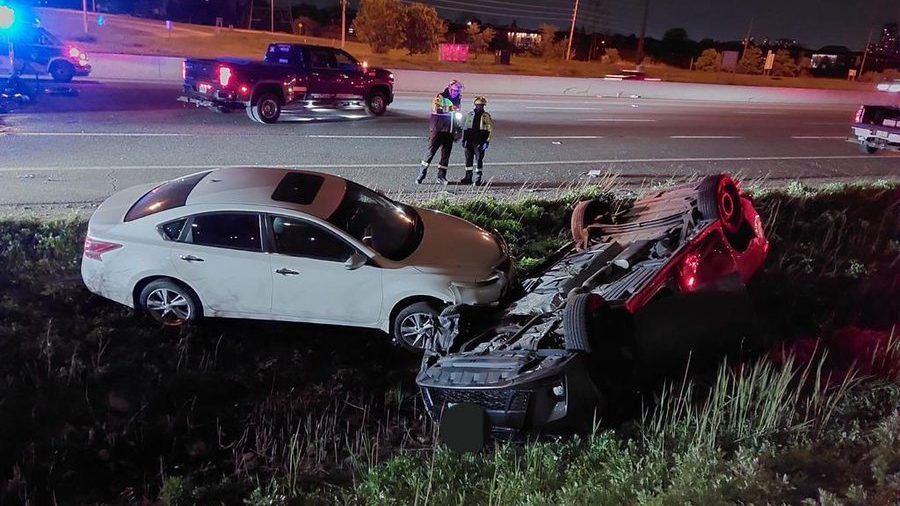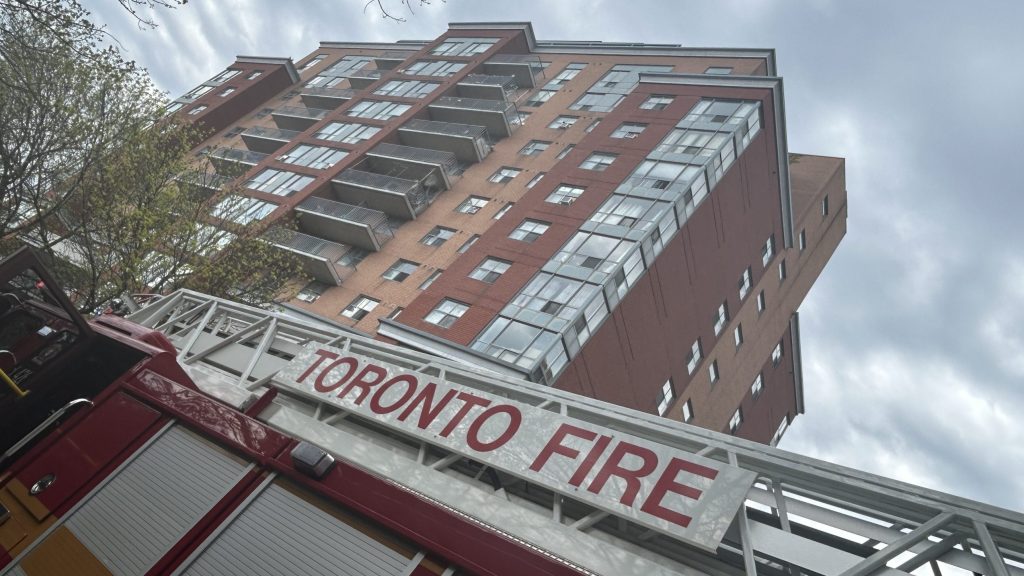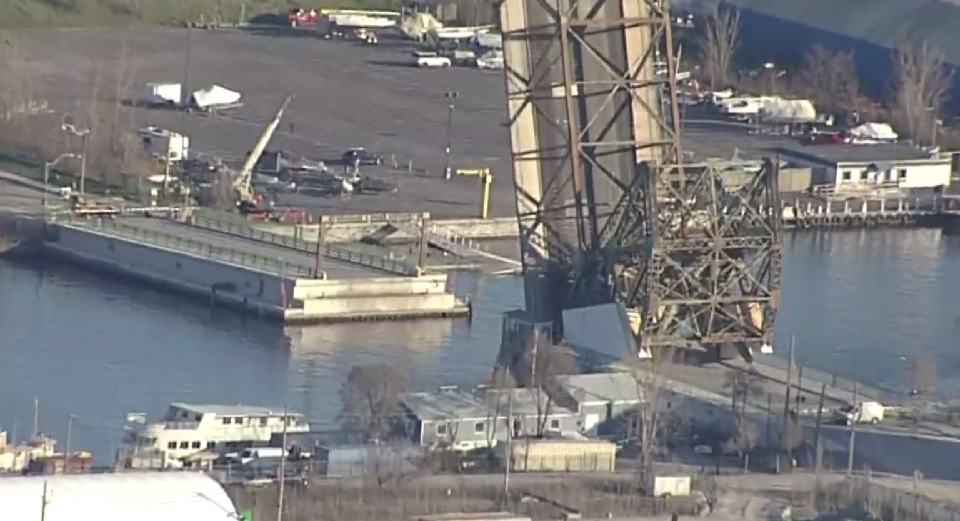Plaques detailing history of racism and slavery pop up around Toronto
Posted August 24, 2020 5:26 pm.
Hundreds of plaques placed around the city commemorate the people and places that are a part of Toronto’s history, but a few more have popped up in recent months calling attention to a different view of the city’s history.
Multiple plaques, which look very similar to the originals placed by by Heritage Toronto, tell the story of the racism and slavery in the city.
In Baby Point, named after Jacques “James” Baby, signs about his family’s history have been placed on streets and through the neighbourhood.
It says his family enslaved at least 17 Black and Indigenous people in the late 18th and 19th centuries.
Jarvis Street and Jarvis Collegiate Institute were also highlighted with another sign pointing out that William Jarvis was opposed to making slavery illegal in 1793.
The creator of the plaques has remained anonymous.
Irene Moore Davis is the president of Essex County Black Historical Research Society and was quoted on multiple signs.
“We want to make sure that people know that that this wealth and this influence was acquired, to some extent, on the backs of these individuals who were slaves, whether they were African or Indigenous,” said Davis.
The plaques come after a petition circulated calling on the city to rename Dundas Street, named after Henry Dundas.
Dundas, an 18th-century Scottish politician, actively participated in obstructing the abolition of slavery in the British Empire from 1791 to the end of his political career in 1806.
Toronto has established a working group over the summer to explore options in response to the petition – and to look at how racism and discrimination are embedded in the city’s identity.
Advocates say government and other officials need to do more – and not just leave it to those gathering signatures and posting signs about the city’s ties to racism.
“We have to do a better job working with educators in the education system to make sure that people are fully aware,” said Davis.
The working group is expected to come back with a recommendation about Dundas Street in the next month.










